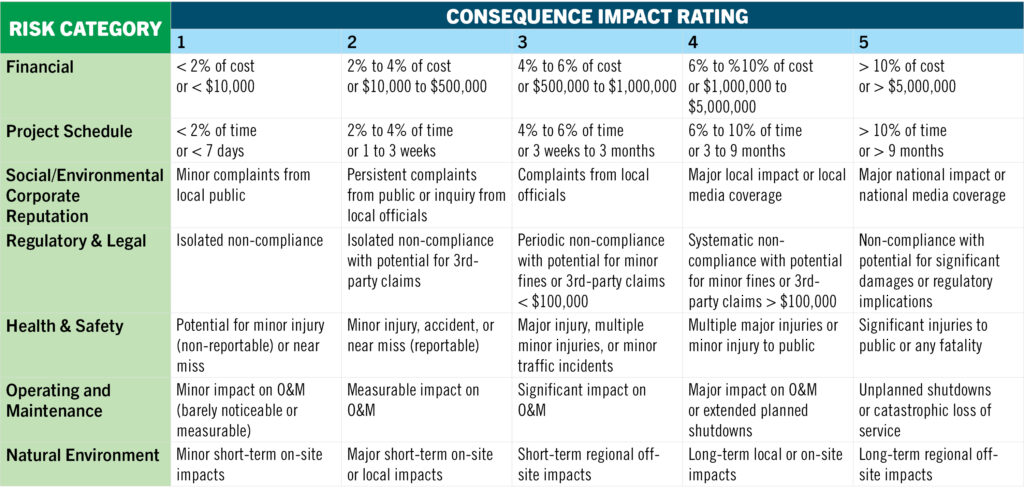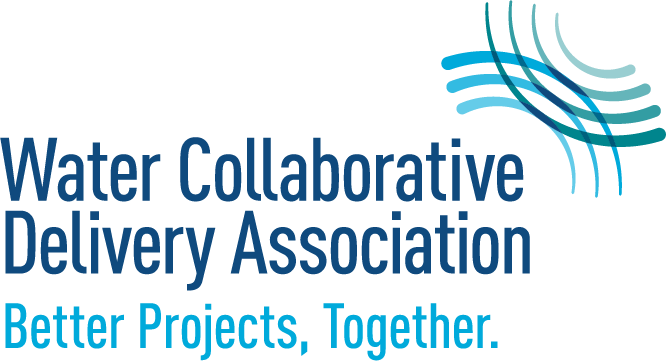“Alex, I’ll take ‘Hard-Bid Jobsite Sound Bites’ for $400, please.“
The clue is:
- What does the contract say? Maybe that’s the owner’s problem?
- Let’s ask that question formally so all bidders price the risk accordingly. Well, how much is the risk? Depends on who you ask…
- We can definitely get a change order for that.
“What are things overheard on a traditional hard-bid job that you will not hear on a collaborative delivery project?”
Correct!
If you’ve spent any time on a traditional hard-bid job, those lines probably sound all too familiar. In the world of collaborative delivery, the conversation shifts from finger-pointing to problem-solving to deliver a project on time and under budget. At the heart of this shift are risk registers.
What’s a Risk Register, Anyway?
Think of a risk register as the project’s early warning system. It’s a living document where owners, designers, and contractors come together to:
- Identify potential risks
- Assign responsibilities
- Assess impacts
- Map out mitigation strategies
Risk registers can be filtered to highlight the highest risk items in terms of schedule, cost, or likelihood of occurrence so teams can actively track and manage them as the project progresses.
The Water Collaborative Delivery Association (WCDA) defines a risk register as a “list of potential or actual risks identified by the owner, designer, or contractor as part of the collaborative delivery process.” But it’s more than just a list; it’s a roadmap for transparency, accountability, and smarter contingency planning.

From Risk Registers to Contingency
In traditional delivery models, ambiguity in the design or scope requires contractors to interpret and price that ambiguity based on their understanding. When those interpretations differ from those of the owner, designer, or contractor, it can lead to conflict later in the project.
Collaborative delivery flips that script. The owner, designer, and contractor have a seat at the table, where risks are discussed openly and contingencies are allocated transparently. If a risk has a high probability, the design should address it to the greatest extent possible. In cases where the design can’t fully eliminate the risk, or where the probability is low but the impact could be significant, it makes sense to convert that risk register item into a monetized contingency value. This ensures the team is financially prepared for uncertainty without inflating costs unnecessarily, leading to smarter budgeting with fewer surprises down the road.
Contingency planning typically breaks down into three buckets during preconstruction: owner’s reserve, CMAR or design-build, and optional rework.

Owner’s Reserve Contingency
This is the owner’s safety net. It covers costs for items the owner is responsible for but not yet fully defined, like code or regulatory compliance, unexpected site conditions, or utility impact costs. The owner controls this bucket, and it may or may not be included in the contractor’s contract price.
CMAR or Design-Build Contingency
This covers undefined scope and risks identified during preconstruction. It’s negotiated as part of the contract and shrinks as risks are mitigated as the design progresses through 30%, 60%, and 90% design milestones. Regular updates to the risk register keep everyone aligned, accountable, and actively supported, setting the team up for a smoother transition into construction.
Optional Rework Contingency
This fixes errors. When someone pulls out a Sawzall, it’s usually not a good sign. Collaborative teams plan for this by assigning a reasonable dollar value to fix mistakes. But don’t worry, this doesn’t give contractors a free pass for shoddy work or lack of planning, which is why the WCDA recommends not allowing markup on rework costs to keep things fair and focused on quality.
Why It All Matters
Collaborative delivery isn’t just a buzzword—it’s a mindset. It’s about shared goals, open communication, active problem-solving, and identifying risks early and managing them transparently. Risk registers make sure owners, designers, and contractors are all rowing the boat in the same direction to avoid costly surprises and keep the project moving smoothly.
Ready to rethink how your team handles risk? Start with a risk register. It might just be the most powerful tool you’re not using enough.
(For more information on risk register development and management and contingencies, see the Water and Wastewater Collaborative Delivery Handbook.)

